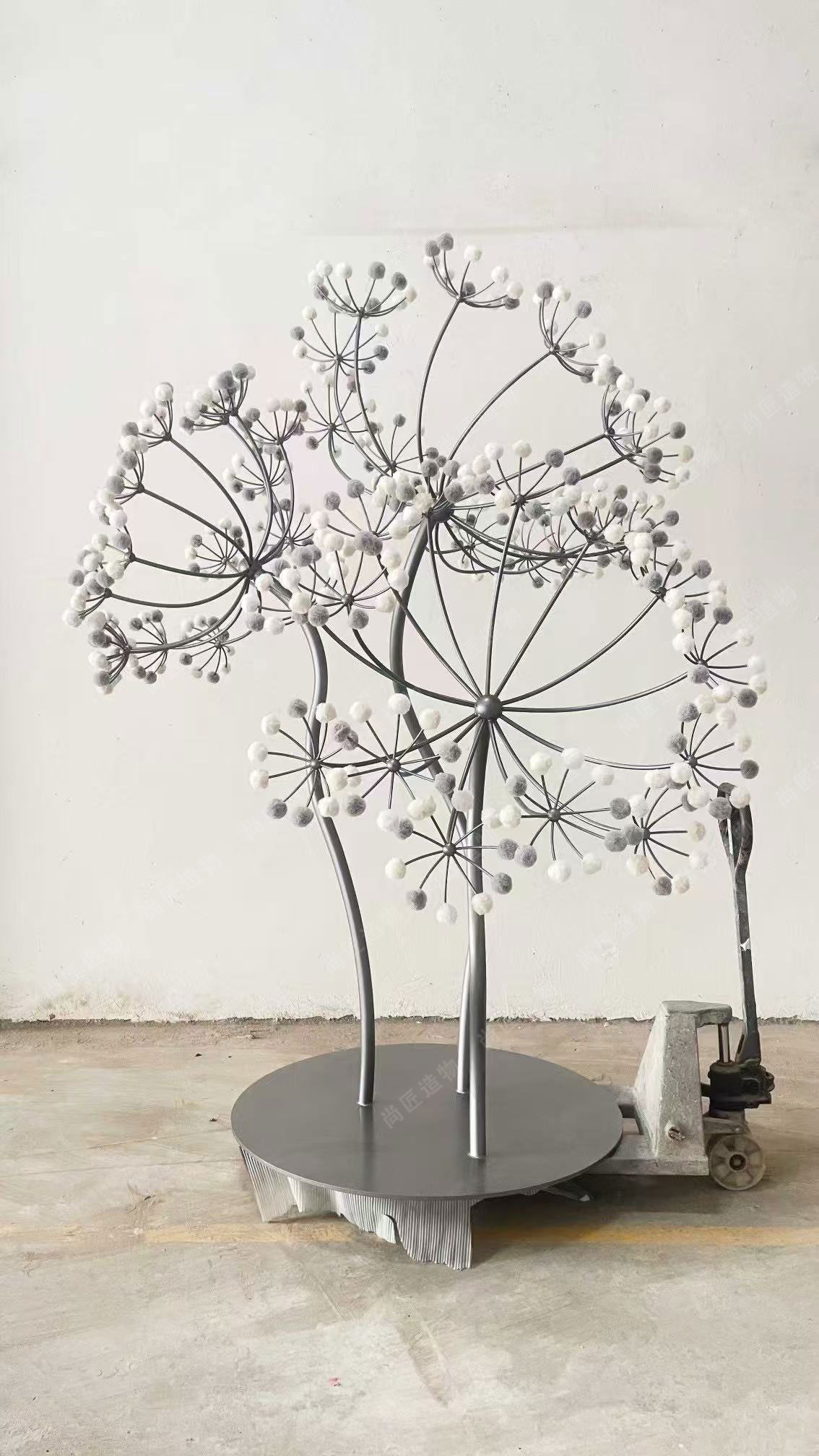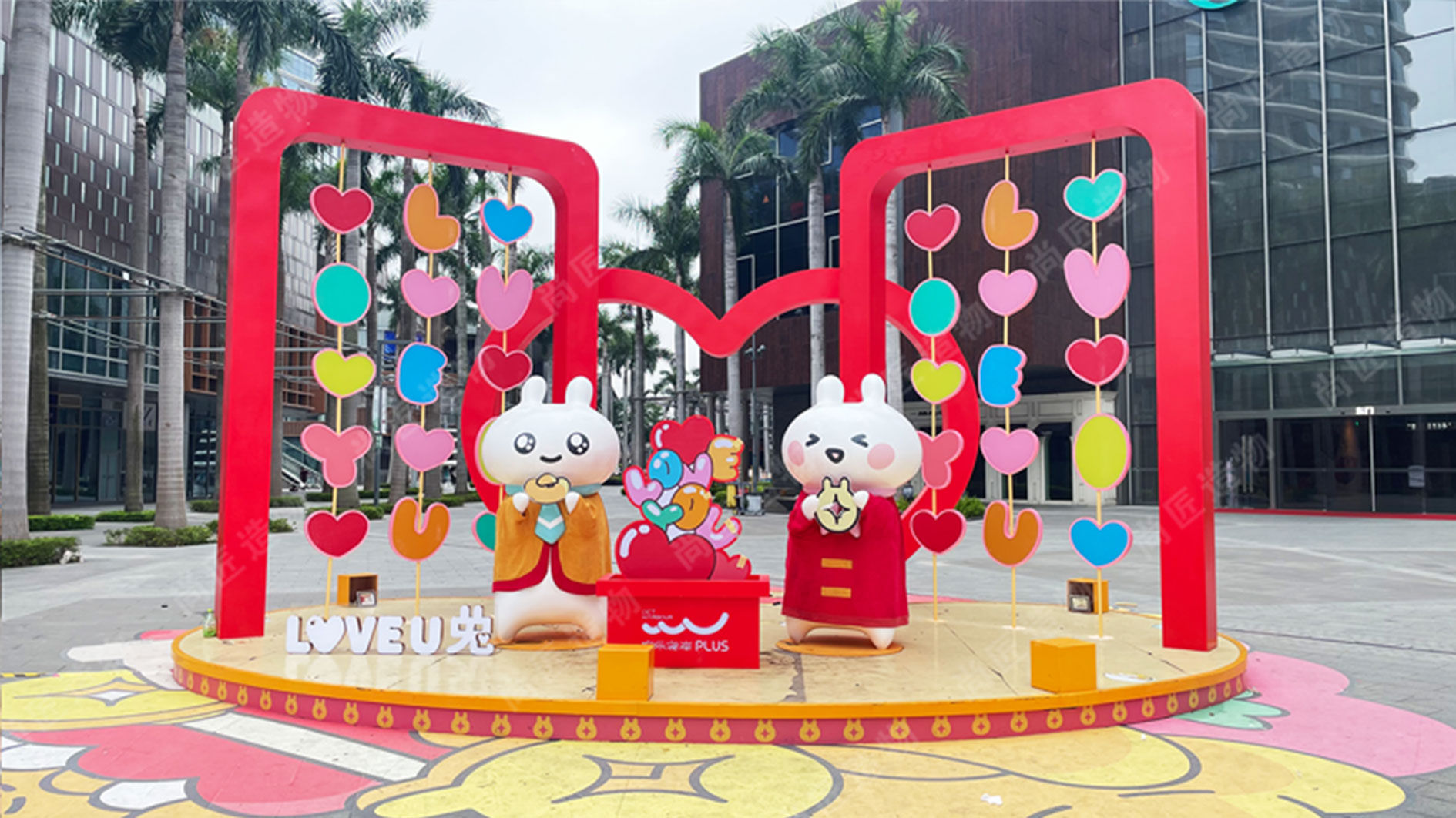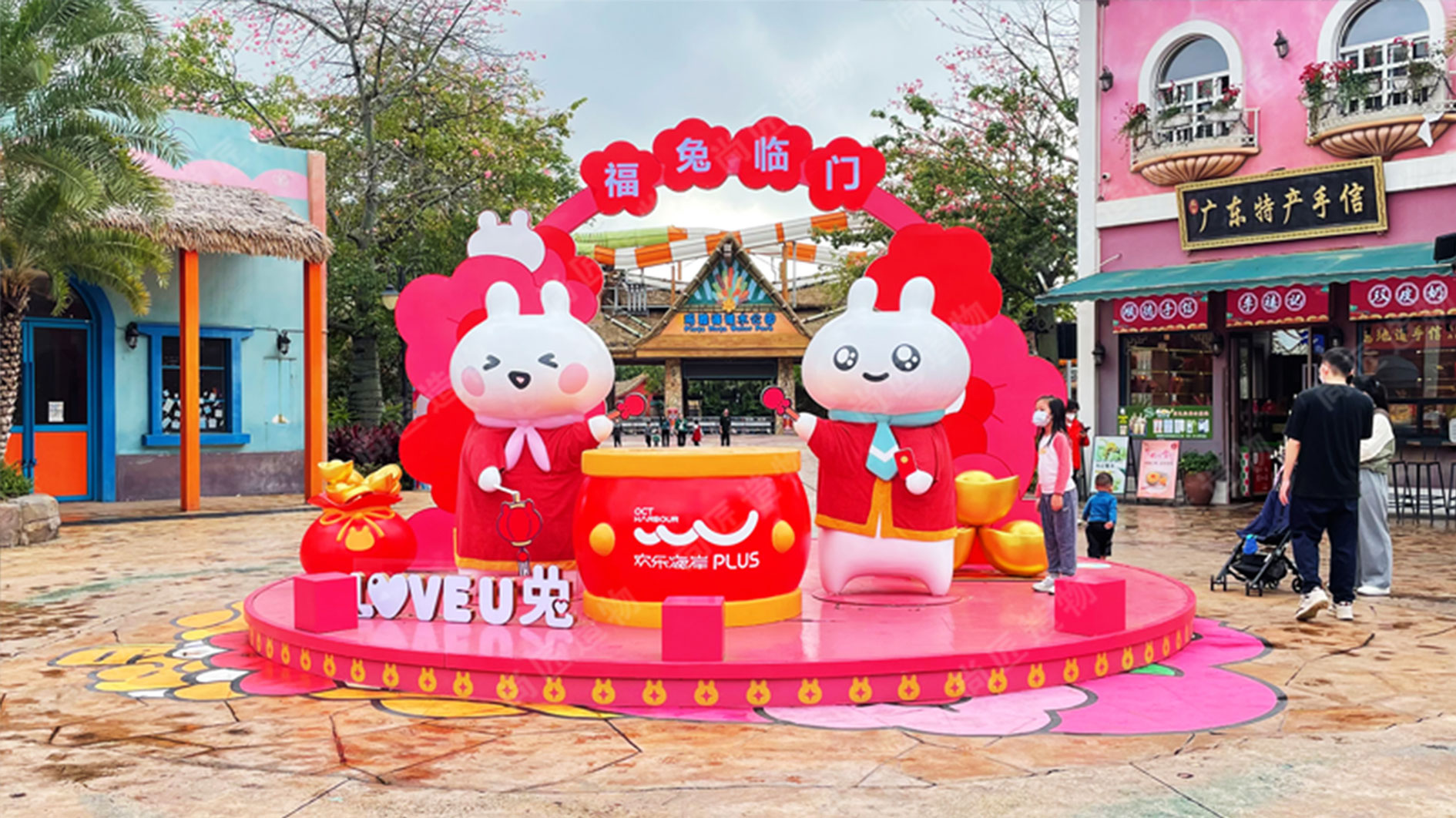Key Takeaways
Japan’s animated character statues act as strategic tourism catalysts, merging fictional worlds with physical destinations to create immersive travel experiences. These landmarks—crafted using durable materials like fiberglass sculpture techniques—serve dual purposes: celebrating cultural icons and stimulating regional economies. For example, the One Piece statues in Kumamoto Prefecture drew over 350,000 visitors within a year of installation, generating ¥2.8 billion ($18.7 million) in local revenue.
"Anime statues transform niche fandom into mainstream tourism," notes Dr. Hiroshi Tanaka, a cultural economist at Kyoto University. "They create emotional connections that drive repeat visits and international interest."
| Location | Statue Series | Annual Visitors | Revenue Impact (USD) |
|---|---|---|---|
| Hokkaido | Attack on Titan | 220,000 | $12.5 million |
| Shimane | Detective Conan | 180,000 | $9.2 million |
| Miyagi | Ushio & Tora | 95,000 | $4.8 million |
These installations often spark "pilgrimage tourism," where fans visit multiple statue sites. Local businesses capitalize by offering themed merchandise, guided tours, and limited-edition collaborations. To maximize engagement, many prefectures now integrate AR technology, allowing visitors to interact with statues via smartphone apps.
Tip: Plan statue visits during off-peak seasons (January-March) to avoid crowds and enjoy exclusive seasonal merchandise.
By anchoring travel itineraries around these landmarks, Japan leverages its pop culture legacy to sustain tourism growth while preserving regional identity—a model blending tradition with modern fandom economics.

Anime Statues Drive Tourism Revenue Growth
Japan’s animated character statues have become significant economic catalysts, directly influencing regional tourism revenue. Cities hosting iconic statues—such as Washimiya’s Lucky Star shrine maidens or Hokkaido’s Attack on Titan monument—report annual visitor surges of 15-30%, according to prefectural tourism boards. These installations attract dedicated anime fans and casual travelers alike, who often extend stays to explore nearby businesses. For instance, a 2023 study by the Japan Tourism Agency found that visitors to anime-themed sites spend 40% more on local accommodations, dining, and merchandise compared to traditional tourists.
The financial ripple effect extends beyond ticket sales. Limited-edition merchandise tied to statue locations, such as IP character sculpture collectibles, generates recurring income for artisans and retailers. Seasonal events, like character-themed festivals, further amplify revenue by drawing repeat visitors. Municipalities also leverage these landmarks in international marketing campaigns, positioning lesser-known regions as must-visit destinations. This strategy has proven effective in redistributing tourist traffic beyond major cities like Tokyo and Osaka, supporting economic revitalization in rural areas. As tourism patterns evolve, anime statues remain a measurable driver of sustainable growth, blending cultural preservation with modern economic priorities.

Fantasy Meets Reality in Anime Landmarks
Japan’s animated character statues act as bridges between fictional worlds and physical destinations, creating immersive experiences for travelers. These sculptures often replicate iconic poses or scenes from beloved series, allowing fans to interact with stories they’ve cherished. For instance, the kinetic sculpture of Attack on Titan’s Eren Jaeger in Hokkaido captures dynamic motion, merging artistry with narrative nostalgia. Such installations transform ordinary public spaces into storytelling hubs, where visitors can photograph themselves alongside larger-than-life representations of characters like One Piece’s Luffy or Doraemon in Kawasaki.
By embedding anime culture into cityscapes, these landmarks reinforce Japan’s identity as the birthplace of globally influential animation. Local governments often collaborate with studios to ensure authenticity, enhancing the appeal for international tourists seeking culturally rich itineraries. The seamless integration of fantasy elements into real-world settings—such as the Gundam statue in Odaiba—not only honors creative legacies but also encourages exploration beyond Tokyo’s well-trodden paths. This synergy between art and location fosters emotional connections, turning casual visits into memorable journeys through Japan’s pop culture landscape.
How Anime Statues Attract Global Travelers
Anime character statues act as cultural magnets, drawing travelers to destinations that might otherwise remain off the typical tourist path. These installations—often realistic sculptures of beloved characters like Gundam in Yokohama or Doraemon in Kawasaki—create emotional connections for fans, transforming abstract fandom into tangible experiences. International visitors frequently plan trips around these landmarks, viewing them as essential stops for photo opportunities and immersive storytelling. For instance, the One Piece statue collection in Kumamoto Prefecture saw a 28% increase in foreign tourists within two years of installation, according to local tourism data.
Such statues also leverage social media’s visual culture, encouraging user-generated content that amplifies Japan’s pop culture appeal globally. A 2023 survey by Japan National Tourism Organization revealed that 43% of anime fans under 35 consider statue visits a primary travel motivation. By situating these artworks in authentic settings—from rural train stations to urban plazas—they bridge fictional narratives with real-world exploration, satisfying both casual tourists and dedicated fans seeking a deeper connection to Japan’s creative legacy. This synergy between art, nostalgia, and location sustains visitor interest while reinforcing regional identities tied to specific anime franchises.
Photo-Worthy Statues Boost Local Economies
Animated character statues act as economic catalysts by transforming quiet neighborhoods into bustling tourist hotspots. Visitors flock to iconic sites like the life-sized Gundam statue in Yokohama or the whimsical Doraemon statues in Kawasaki, snapping photos that circulate widely on social media. This visibility sparks curiosity, drawing more travelers to lesser-known regions. Local businesses thrive as fans spend on themed merchandise, dine at nearby cafes, and book accommodations—creating a ripple effect that supports regional development. For instance, towns hosting stainless steel sculpture installations report up to 30% increases in seasonal revenue, according to municipal tourism boards.
Beyond visual appeal, these statues often anchor broader initiatives. Collaborative events—such as anime festivals or limited-edition souvenir releases—extend visitor stays and encourage repeat tourism. Municipalities strategically place statues near public transport hubs or historical sites to promote exploration of surrounding areas. By blending pop culture with local identity, communities not only preserve artistic heritage but also create sustainable income streams, proving that imagination can be as valuable as traditional industries.
Exploring Japan’s Pop Culture Through Statues
Japan’s animated character statues serve as tangible bridges between the nation’s vibrant pop culture and its physical landscapes. These installations, ranging from the iconic Doraemon in Kawasaki’s Fujiko F. Fujio Museum to the towering Gundam robot in Yokohama, transform fictional worlds into accessible landmarks. Beyond their visual appeal, they act as cultural storytellers, embedding narratives from beloved anime and manga into real-world settings. For instance, the Cartoon sculpture of Astro Boy in Niiza City not only honors Osamu Tezuka’s legacy but also educates visitors on the evolution of Japanese animation.
These statues often anchor themed travel routes, encouraging tourists to explore lesser-known regions. A pilgrimage to Sailor Moon statues across Hokkaido or a hunt for Pokémon manhole covers in Kagoshima turns sightseeing into interactive adventures. By integrating pop culture into public spaces, Japan reinforces its identity as a global entertainment innovator while preserving regional uniqueness. The interplay between art and geography invites travelers to experience stories beyond screens, fostering deeper connections with both the characters and the locales they inhabit.

Anime Statues: Japan’s Tourism Growth Secret
Japan’s strategic placement of animated character statues has become a cornerstone of its tourism strategy, merging cultural storytelling with destination marketing. By integrating beloved anime figures into real-world settings—such as Gundam statues towering over Tokyo’s Odaiba district or Totoro welcoming visitors near Nagoya’s shrines—these installations create immersive bridges between fictional worlds and physical locations. According to the Japan Tourism Agency, areas hosting major anime statues report up to 40% increases in annual foot traffic, with international visitors often prioritizing these sites in itineraries. This phenomenon stems from a deliberate effort to transform regional towns into pilgrimage hubs for fans, extending tourism beyond Tokyo and Osaka. For example, the Hatsune Miku statue in Sapporo and the Doraemon-themed trails in Takaoka draw dedicated fanbases year-round, encouraging extended stays and repeat visits. Local governments collaborate with animation studios to ensure statues reflect regional history or folklore, deepening cultural connections while driving spending at nearby shops and hotels. As travelers share photos of these landmarks online, the resulting organic promotion amplifies Japan’s pop culture influence globally, turning niche interests into mainstream travel motivations.
From Manga to Reality: Statues Elevate Travel
Japan’s animated character statues act as physical bridges between fictional worlds and real-world exploration. These installations often recreate iconic poses or scenes from beloved series, allowing travelers to interact with stories they’ve cherished for years. For instance, the life-sized Doraemon statue in Kawasaki’s Fujiko F. Fujio Museum lets visitors pose beside the robotic cat mid-time-travel, while Niiza City’s Astro Boy monument commemorates Osamu Tezuka’s birthplace with a dynamic bronze sculpture. Such statues transform abstract narratives into tangible landmarks, encouraging fans to trace anime narratives across actual geographic locations. Meanwhile, destinations like Hokkaido’s Attack on Titan statues or Shimane’s Detective Conan trail integrate regional culture into their designs, blending local history with pop culture appeal. By anchoring fantasy to specific towns, these installations not only draw international visitors but also deepen travelers’ engagement with Japan’s creative legacy. This synergy between art and geography turns casual sightseeing into thematic journeys, where each statue becomes a waypoint in a larger cultural map.

Why Anime Statues Support Regional Economies
At their core, animated character statues act as economic catalysts by transforming niche pop culture into sustainable revenue streams. These installations draw dedicated fans to lesser-known regions, redirecting tourist traffic from overcrowded urban centers. For instance, Hokuto City’s Fist of the North Star statue increased annual visitors by 32% within two years, according to local government data. Travelers often extend stays to explore surrounding areas, spending on accommodations, regional delicacies, and limited-edition merchandise tied to the statues.
Local businesses frequently collaborate with copyright holders to create themed goods, splitting profits while preserving cultural authenticity. This synergy extends to seasonal events—like character-themed festivals—that generate recurring income. A 2023 Japan Tourism Agency study revealed towns with anime statues saw 18% higher per-visitor spending compared to those without. By anchoring tourism campaigns to recognizable characters, municipalities leverage global fandoms to stabilize local economies, proving fantasy icons can fuel real-world growth.

Conclusion
Japan’s animated character statues exemplify a strategic fusion of cultural storytelling and economic pragmatism. By immortalizing beloved anime and manga icons in physical form, these installations create tangible connections between fictional worlds and real-world destinations. Travelers seeking immersive experiences are drawn to locations like Hokkaido’s Gundam statue or Fukuoka’s Doraemon landmarks, where fantasy becomes accessible. This phenomenon not only sustains regional tourism but also revitalizes local businesses, from souvenir shops to themed cafes. Importantly, these statues transcend mere photo opportunities—they act as cultural ambassadors, introducing global audiences to Japan’s creative legacy while preserving regional identities. As visitors explore these sites, they contribute to a sustainable tourism model that balances pop culture appeal with community-driven growth. Ultimately, animated statues demonstrate how imaginative art can shape travel trends, turning niche interests into nationwide economic assets.
FAQs
What makes animated character statues significant for Japan tourism?
These statues serve as physical connections between popular media and real-world locations, creating pilgrimage sites for fans. By transforming fictional worlds into tangible landmarks, they attract travelers seeking immersive cultural experiences beyond traditional attractions.
How do these statues economically benefit local communities?
Increased visitor footfall leads to higher spending at nearby businesses, including restaurants, souvenir shops, and hotels. Many regions report measurable tourism revenue growth through dedicated statue trails and limited-edition merchandise tied to specific statue locations.
Are anime statues only appealing to hardcore fans?
While enthusiasts form the core audience, the statues' artistic designs and photogenic qualities attract general tourists. Approximately 63% of visitors to Gundam statues in Yokohama identify as casual observers, according to 2023 municipal tourism data.
Do these installations honor Japan's cultural heritage?
They represent modern pop culture heritage, complementing historical sites. Cities like Sakurajima blend traditional shrines with One Piece character statues, demonstrating how contemporary art can coexist with classical Japanese aesthetics to broaden tourism appeal.
How do municipalities select characters for statues?
Local governments collaborate with anime studios and fan communities, prioritizing characters with regional storytelling connections. Kumamoto's rebuild after the 2016 earthquakes featured a Pokémon Center and Charizard statues, symbolizing recovery through culturally resonant iconography.
 ch
ch English
English






